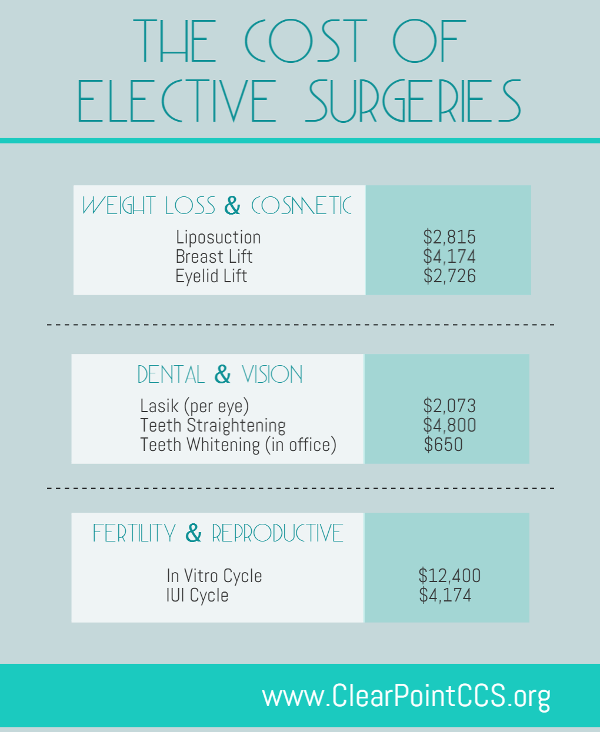Should You Wash Your Face More Often
Should You Wash Your Face More Often
Blog Article
Acne Marks and Post-Acne Treatment
Acne marks and dark marks can remain also after the acne itself has gotten rid of. However there are many all-natural, over the counter and medical therapies that can decrease their appearance.
Ice choice marks are tiny impressions that appear like pinpricks; rolling marks have a wave-like look and superficial deepness; boxcar marks have clear sides; hypertrophic marks are elevated bumps. Therapies consist of skin needling, where your medical professional rolls a needle-studded tool over the skin; and medical excision, when a medical care specialist remove deep marks.
1. Scrub
Acne scars fade best when they aren't covered with dead skin cells. Exfoliation removes the accumulation and allows fresh skin cells to come to the surface. It also makes acne marks much less recognizable.
A dermatologist can advise peeling approaches for your certain skin kind. Dry skin may take advantage of exfoliation with scrubs or other mechanical methods, while oily skin might require a chemical peel. Those with darker complexion require to be cautious utilizing stronger chemical treatments, as they can cause dark places and level of sensitivity.
If you have acne marks, prevent choosing or squeezing at them, which can make them worse. Swelling brought on by inflammation boosts the possibility of scarring. Picking can leave ice-pick scars, which are slim impressions with a factor at the end. You can likewise get boxcar marks, which are impressions with broader edges. You can also develop hypertrophic or keloid marks. These are increased bumps of scar tissue that can be itchy and painful.
2. Hydrate
After finishing your acne treatment, keeping skin clear and healthy and balanced calls for a constant skincare routine that shields from outbreaks and decreases post-acne marks. This includes a mild cleanser and cream, non-comedogenic products that don't clog pores, and staying clear of foods that aggravate skin or trigger acne flare-ups.
Utilizing a lightweight, non-comedogenic cream with components like hyaluronic acid and glycerin can assist hydrate skin while additionally enhancing skin texture and promoting recovery. Search for a product that is created without scent or parabens.
A product that targets sticking around acne marks with components such as skin-brightening tranexamic acid and bakuchiol can improve dark places or unequal tone caused by massage inflammation. It delicately resurfaces the skin tone while smoothing rough and distinctive areas. An item that integrates a retinoid and a plant-based retinol alternative can additionally enhance the appearance of much deeper scars while simultaneously targeting existing imperfections and stopping future breakouts.
3. Hide
When your acne scars recover, you can hide them with make-up and a concealer. Just make sure you're just applying the item over scars that are totally recovered (not fresh ones), says Sotomayor. After that, finish your appearance with a strong lip color or declaration smoky eye shadow for maximum influence.
When it pertains to choosing a structure or tinted cream, it is very important to pick one that is noncomedogenic and oil-free. This will certainly help maintain your skin clear and avoid the obstructing of pores that can cause new outbreaks.
The same goes with choosing a concealer. Seek a formula that uses full protection but still feels light-weight and blendable on the skin. Likewise, when hiding imprints from acne marks, it's a great concept to discover a shade that matches your natural complexion (instead of a color lighter or darker). This will aid conceal the indents better. This nourishing balm is an exceptional option for lightening up and lightening post-inflammatory hyperpigmentation, which can be caused by acne or various other inflammatory skin disease. It includes moistening panthenol, softening shea butter and enhancing peptides that lower redness and flaky texture.
4. See Your Skin specialist
The marks that form from extreme acne frequently call for treatment by a physician or skin doctor. Before that can take place, though, a client has to have their acne under control. This consists of not selecting or squeezing acne places, and using gentle cleansers and water-based non-comedogenic items that won't block pores.
If pharmacy cleansers and spot treatments aren't removing your skin, schedule a visit with a skin doctor. The dermatologist can suggest various other treatments that assist remove your skin without drying it out or irritating it.
A skin specialist can additionally deal with other type of post-acne marks, consisting of dark spots that are a kind of hyperpigmentation called PIH (post-inflammatory hyperpigmentation). A topical retinoid like adapalene can noticeably lighten these marks and fade them rapidly. For various other sorts of scars, the physician can recommend an extra intensive treatment. This can consist of microdermabrasion or chemical peels that are done right in the office. Depending upon the extent of your scars, these treatments might require to be repeated.